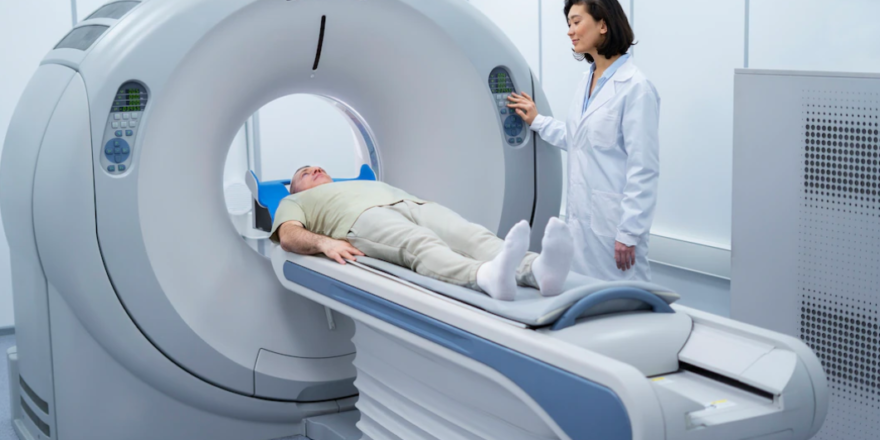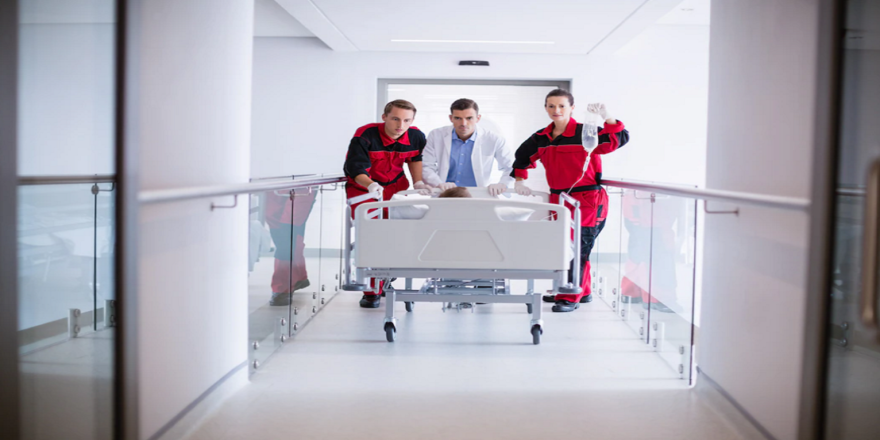The COVID-19 pandemic has presented significant challenges for ICU care. With the rapid spread of the virus, hospitals have been forced to adapt quickly to meet the increasing demand for critical care services.
One of the biggest challenges of the pandemic has been the shortage of ICU beds and equipment. In many areas, hospitals have struggled to keep up with the demand for critical care services, leading to overcrowding in ICUs and shortages of essential medical equipment, such as ventilators and personal protective equipment (PPE).
Another challenge has been the high transmissibility of the virus, which has required healthcare workers to take additional precautions to protect themselves and their patients. This has required the implementation of new protocols and guidelines for infection control, including the use of PPE and increased sanitation measures.
Despite these challenges, healthcare workers have developed innovative solutions to improve ICU care during the pandemic. For example, telemedicine has become increasingly popular, allowing critical care teams to remotely monitor patients and communicate with other healthcare professionals, reducing the risk of exposure to the virus.
ICU staff have also developed new methods for patient care, such as prone positioning, which involves placing patients face down to improve breathing and oxygenation. This technique has been shown to improve outcomes for critically ill COVID-19 patients.
Additionally, healthcare workers have worked to address the mental health needs of ICU patients and their families. Social isolation and restrictions on visitation have made it difficult for patients to connect with loved ones during their hospital stay. As a result, healthcare workers have implemented virtual visitation programs and provided additional emotional support to patients and their families.
Overall, the COVID-19 pandemic has presented significant challenges for ICU care, but healthcare workers have demonstrated resilience and innovation in their response to the crisis. Despite the ongoing challenges, they continue to work tirelessly to provide the highest level of care possible to critically ill patients.




